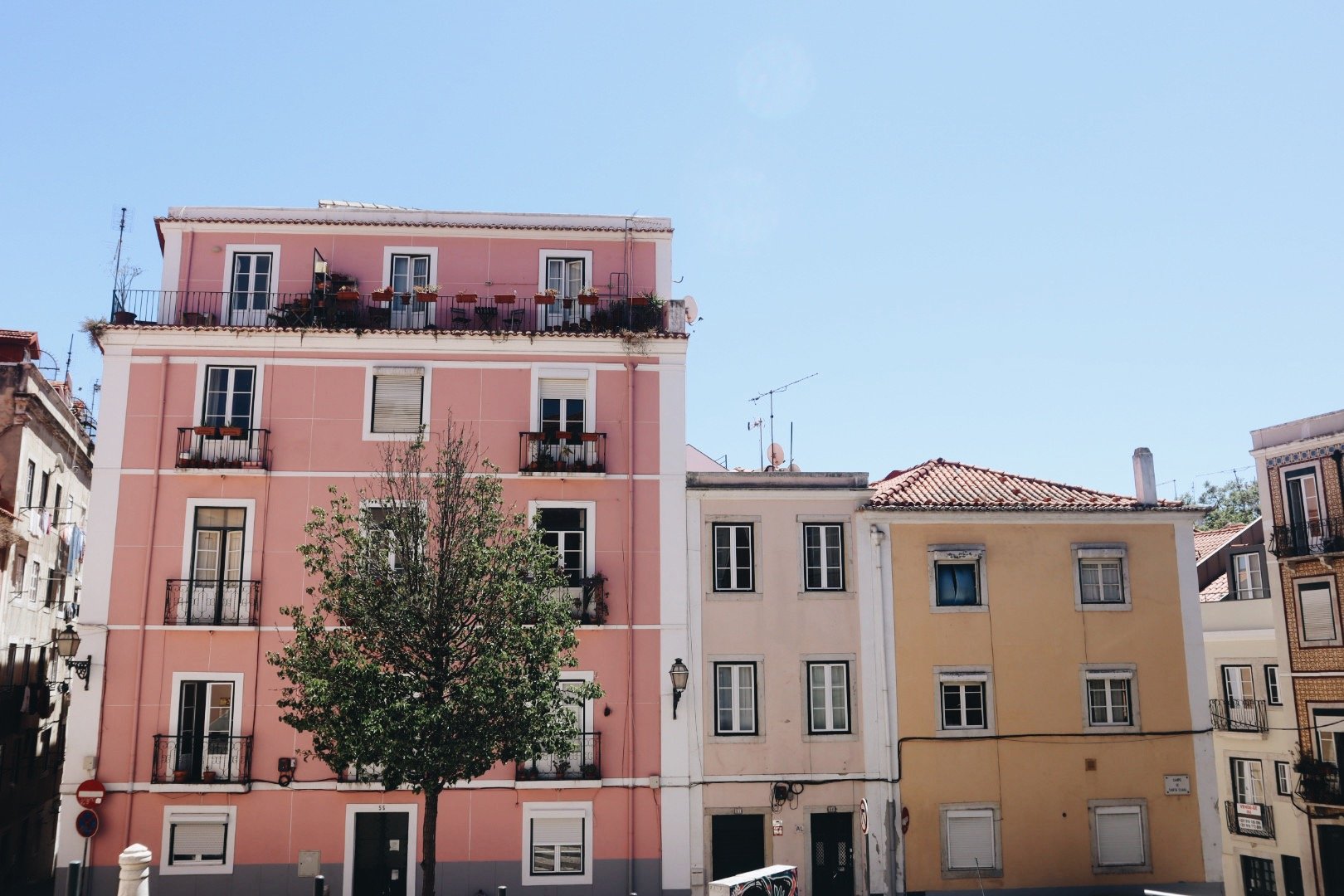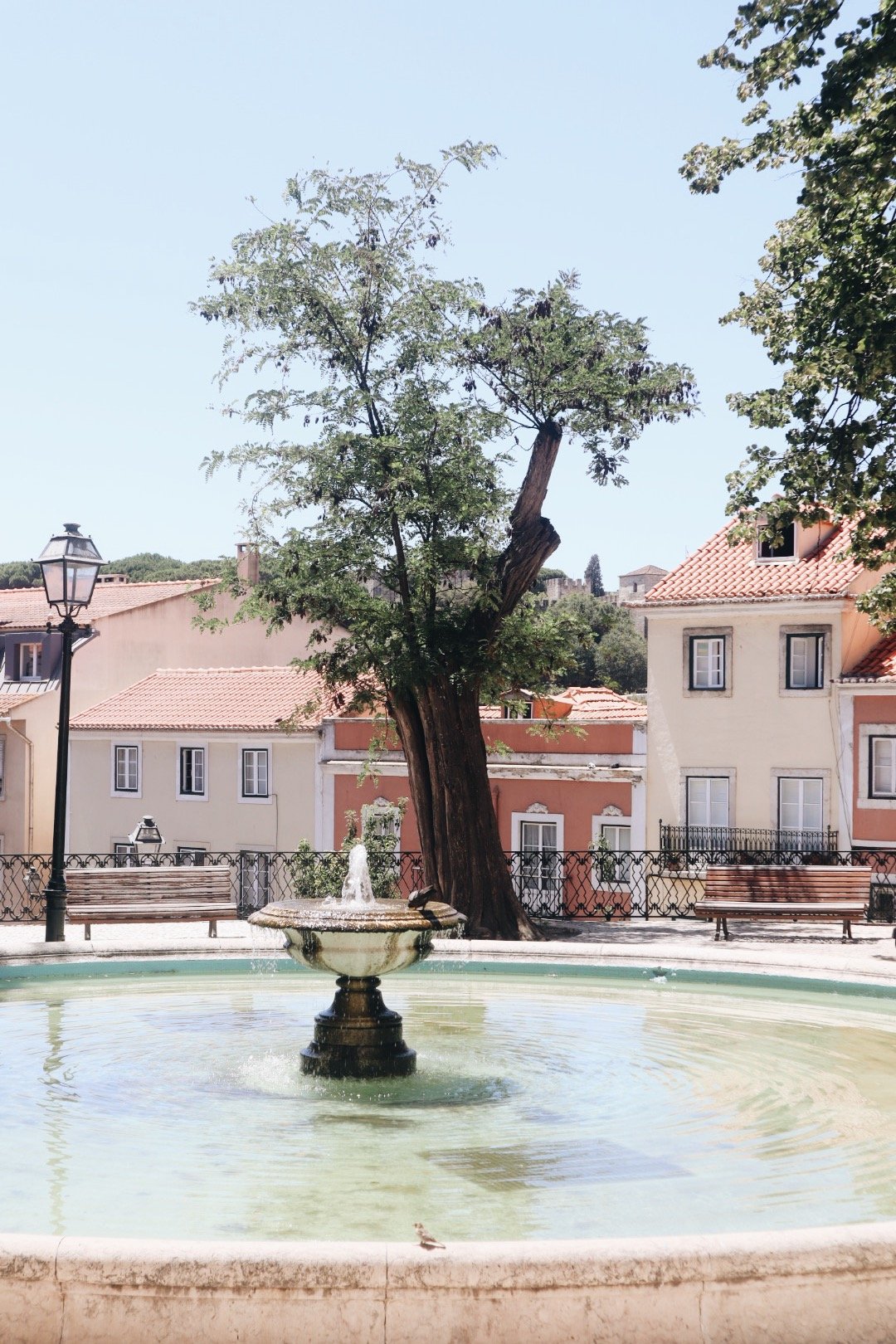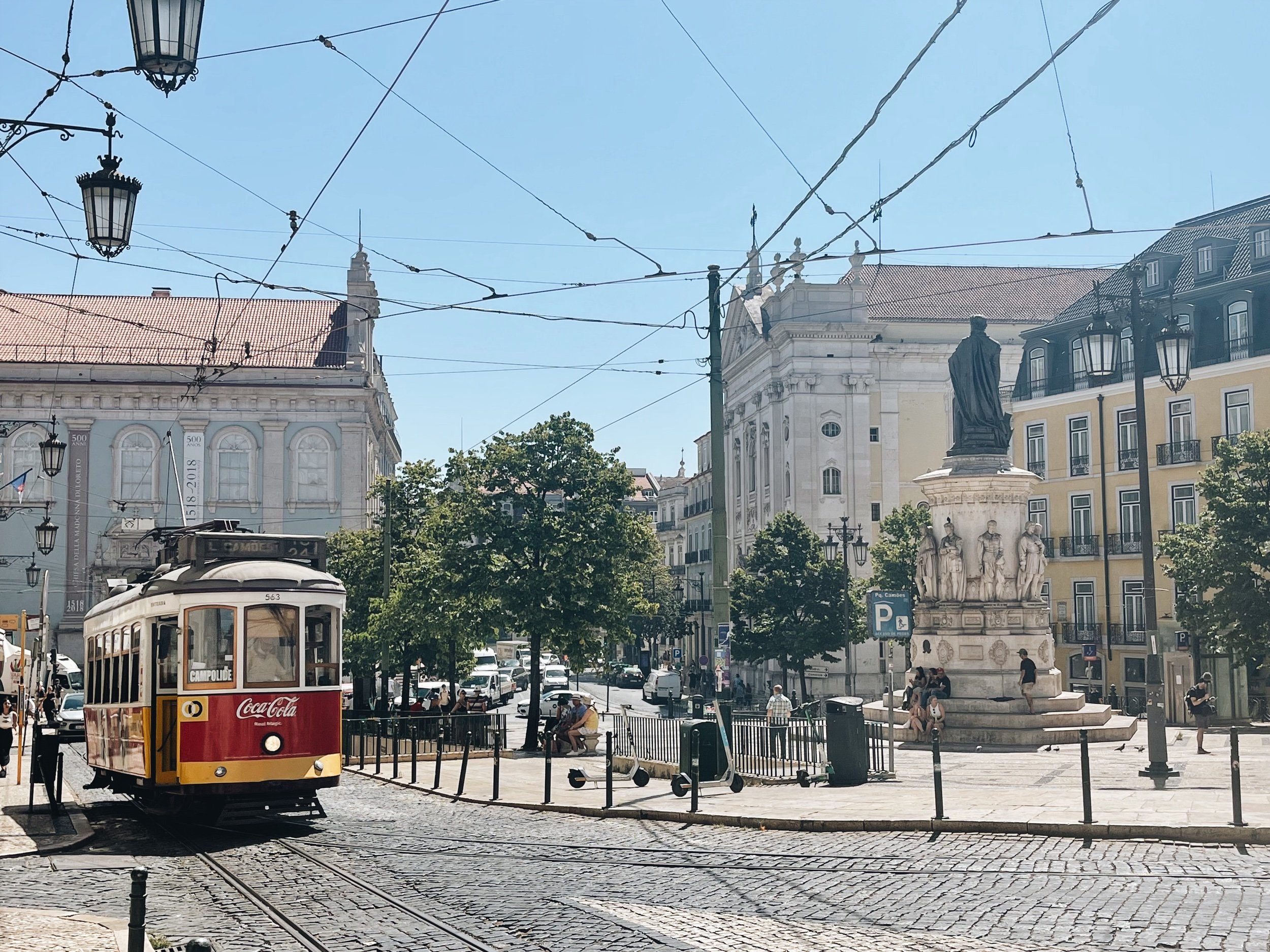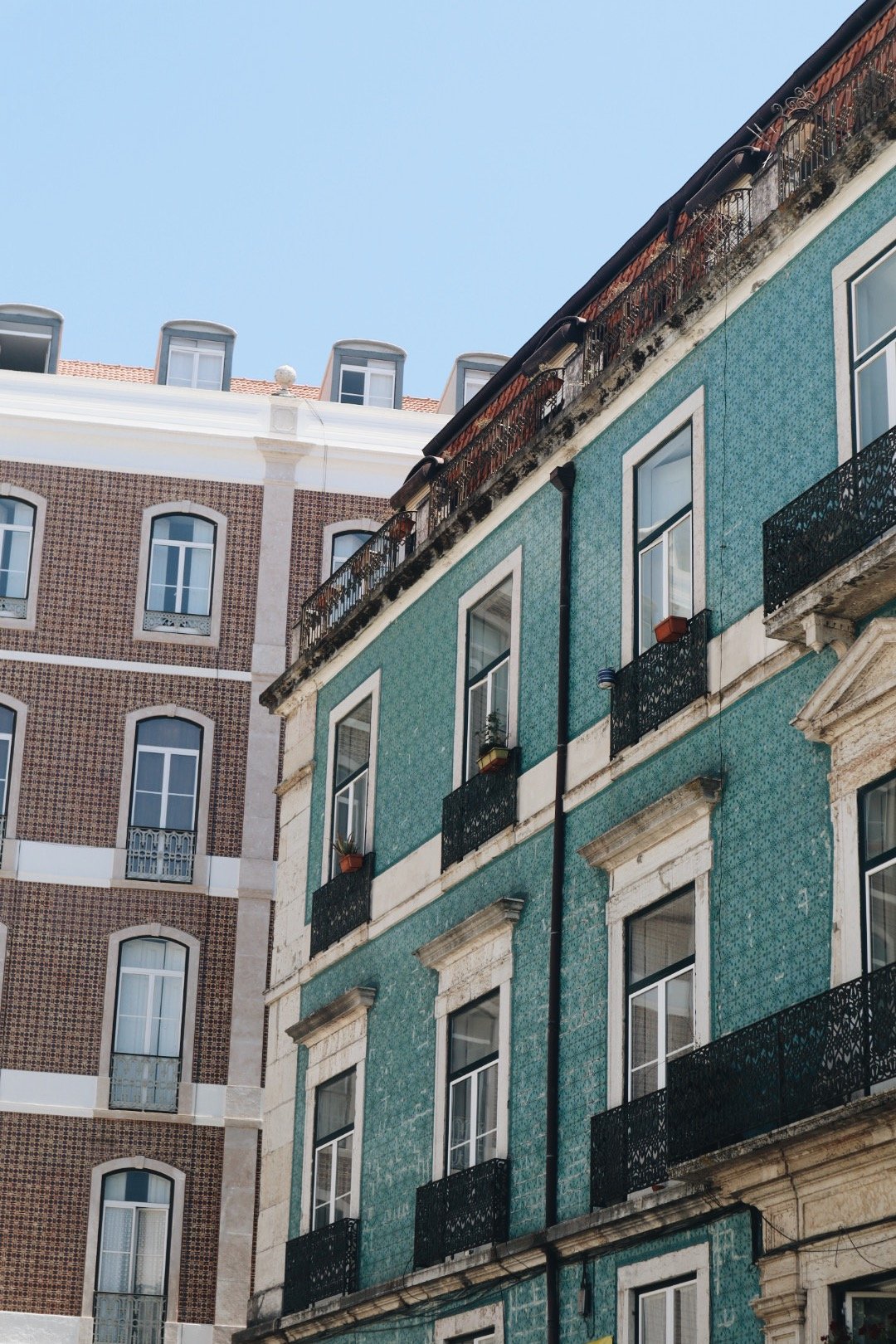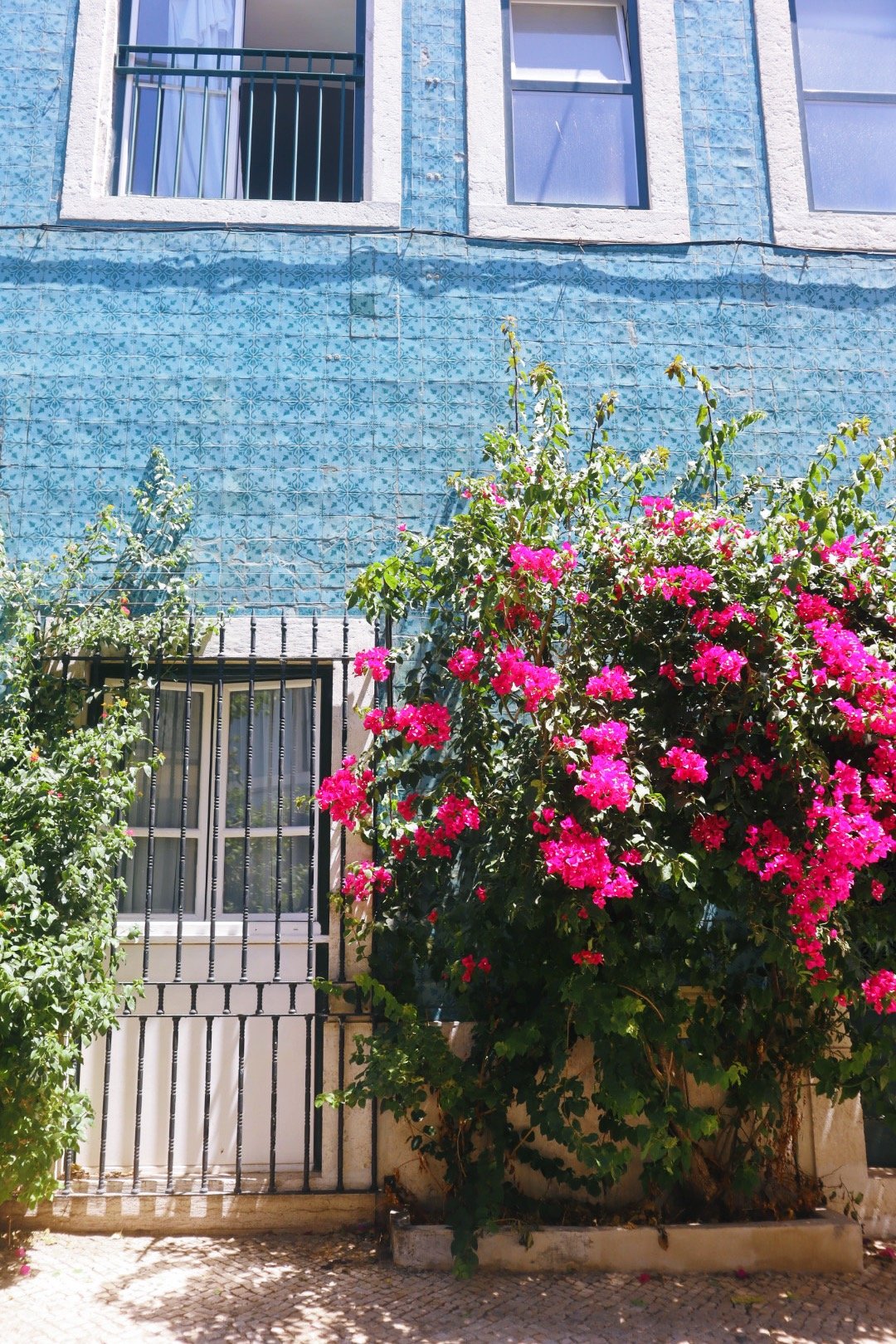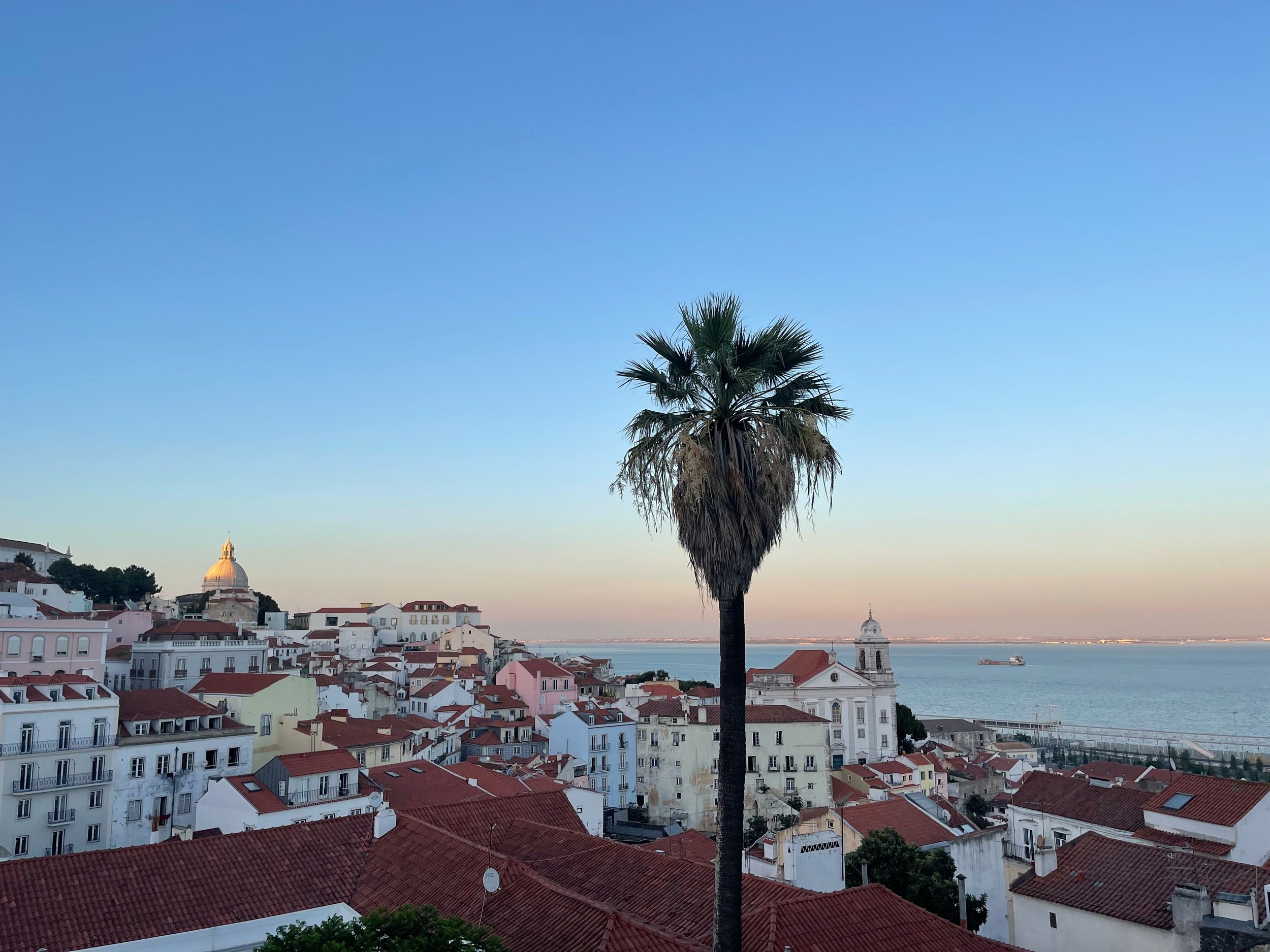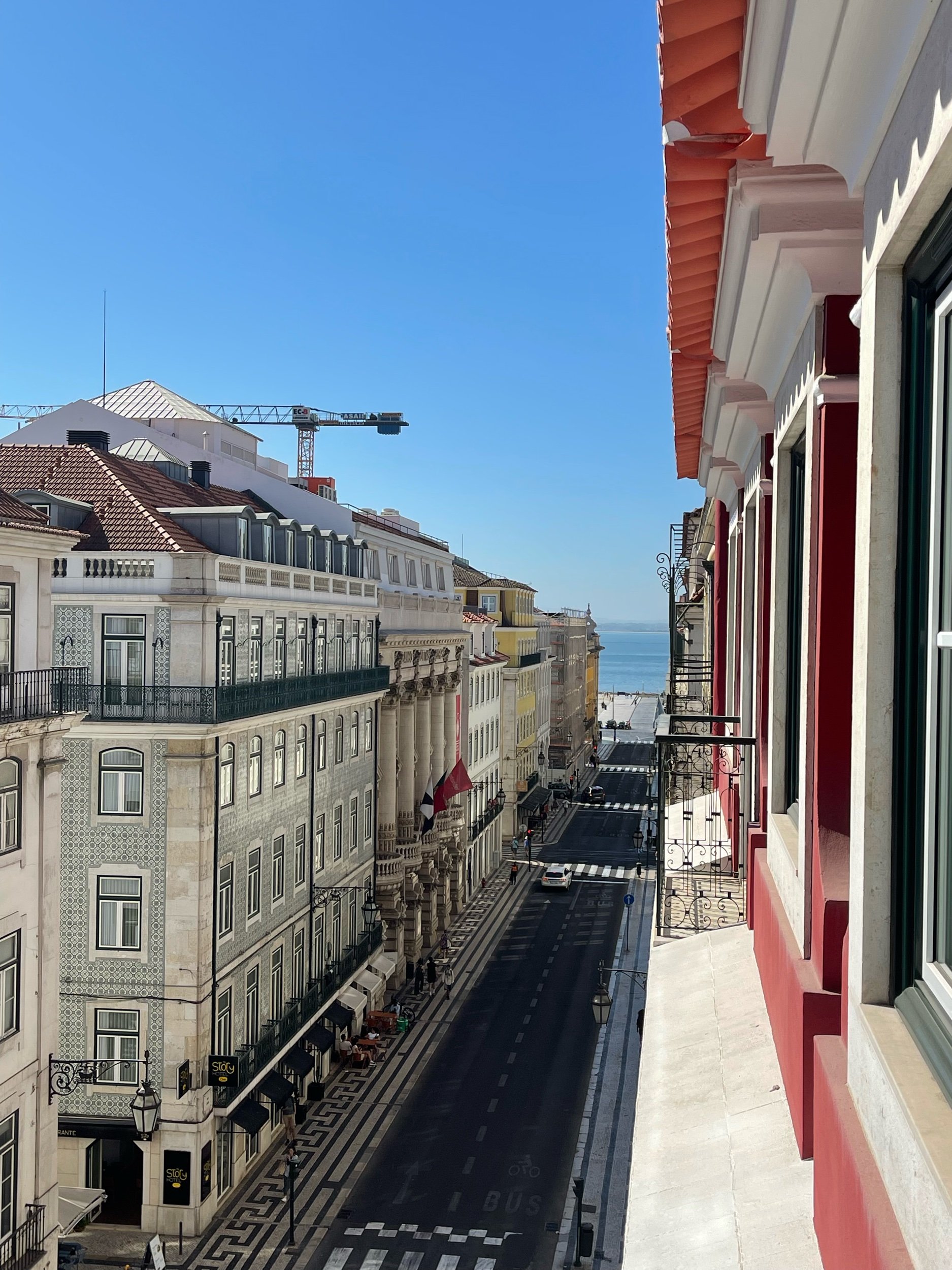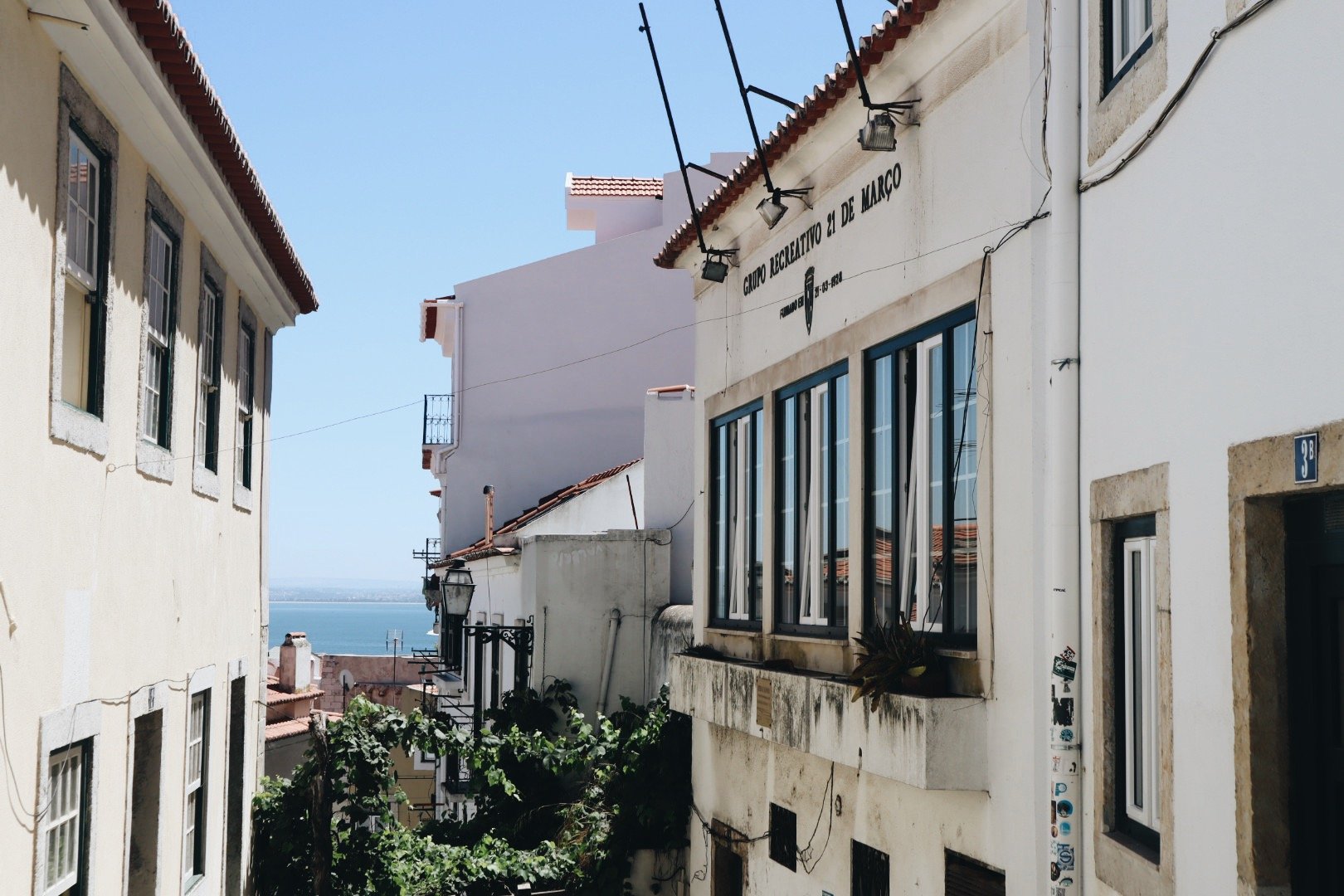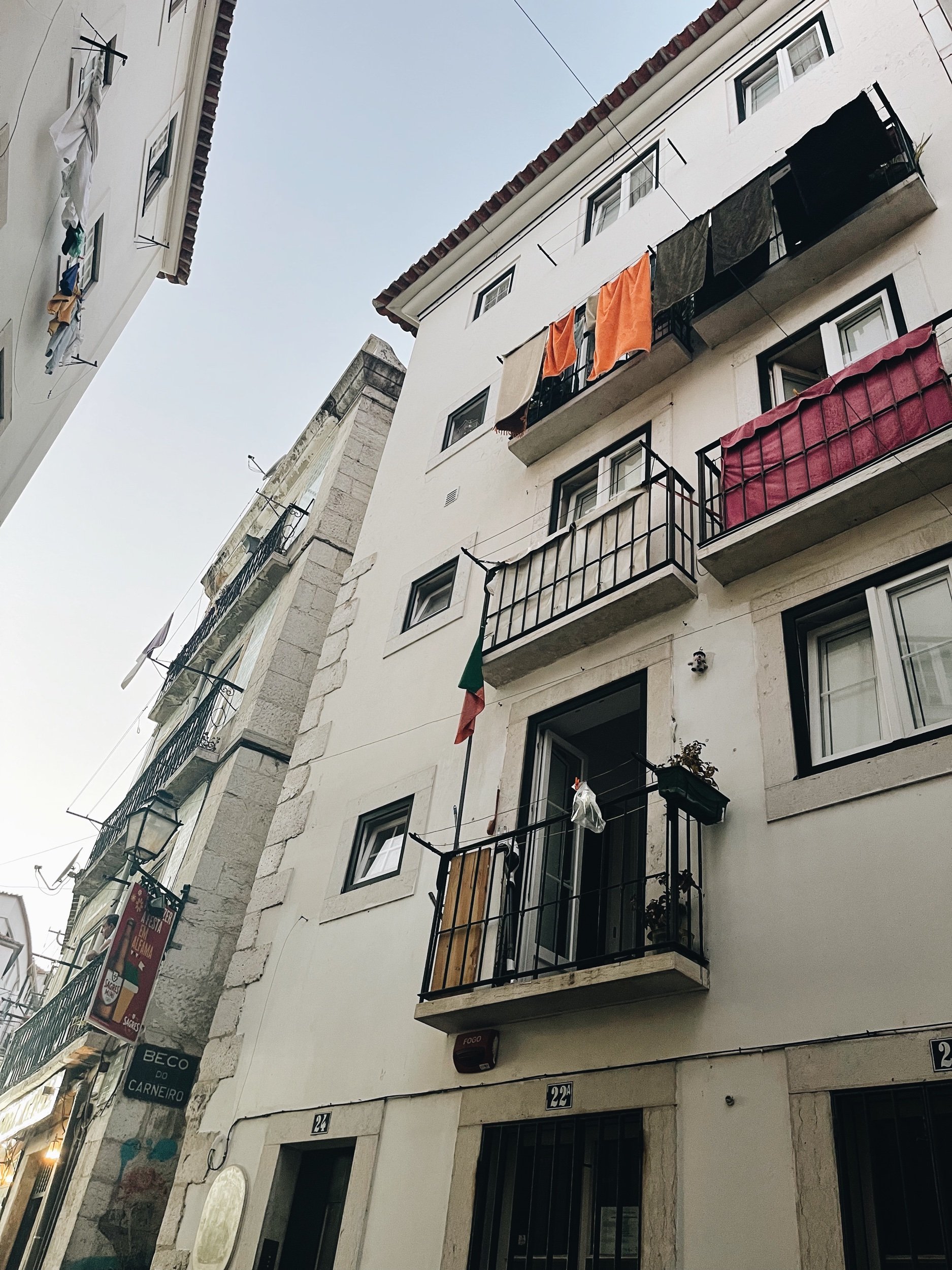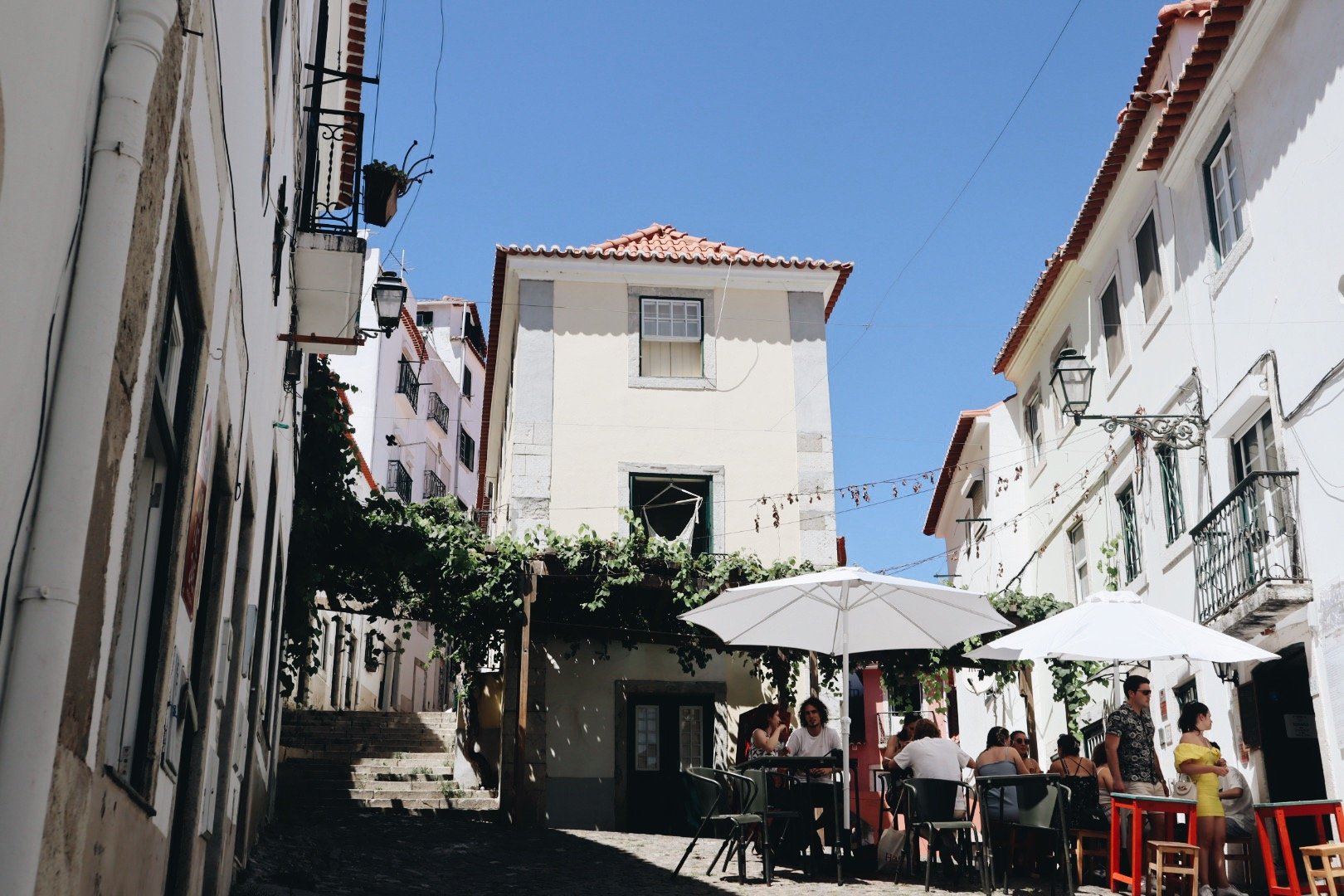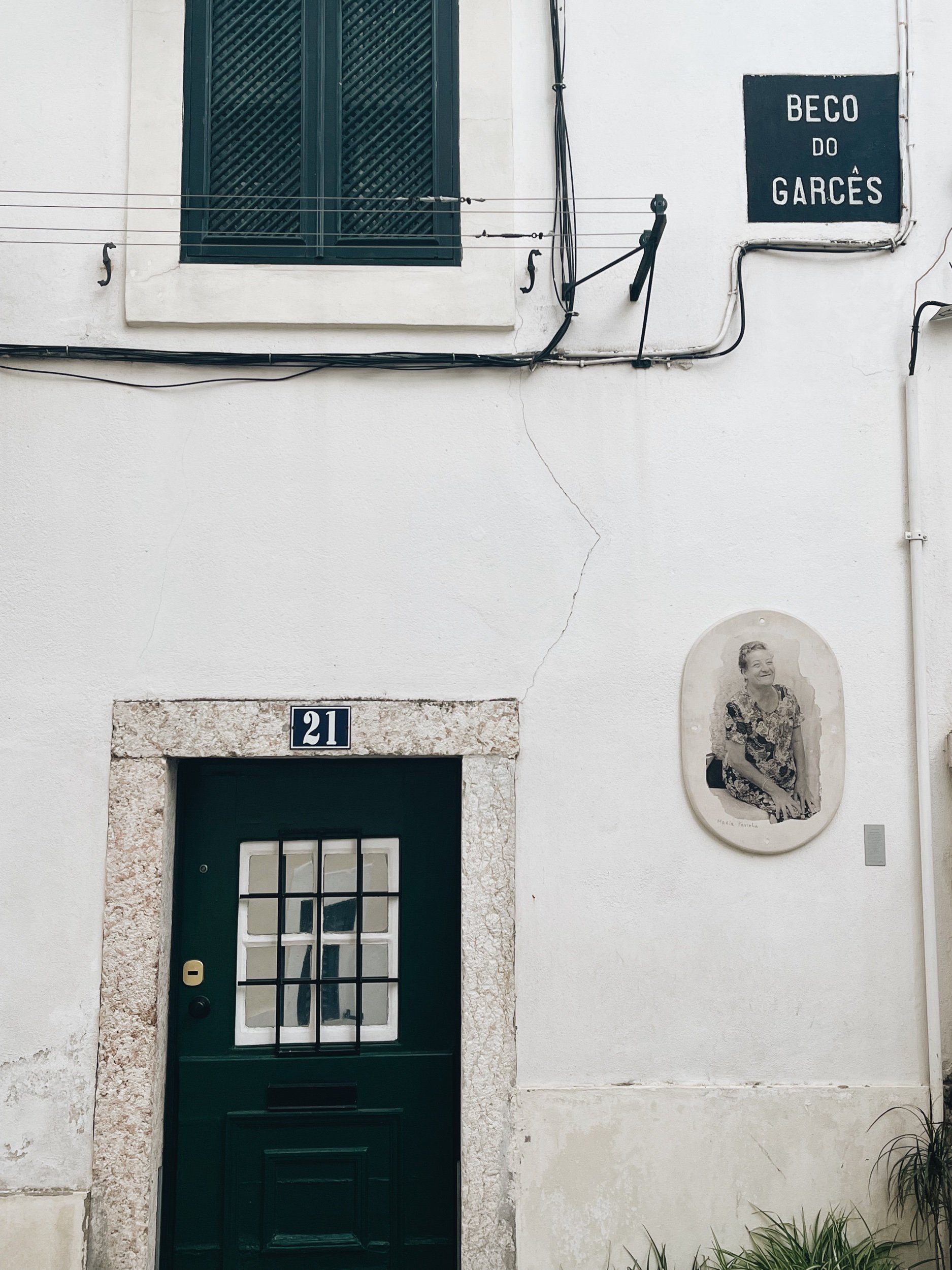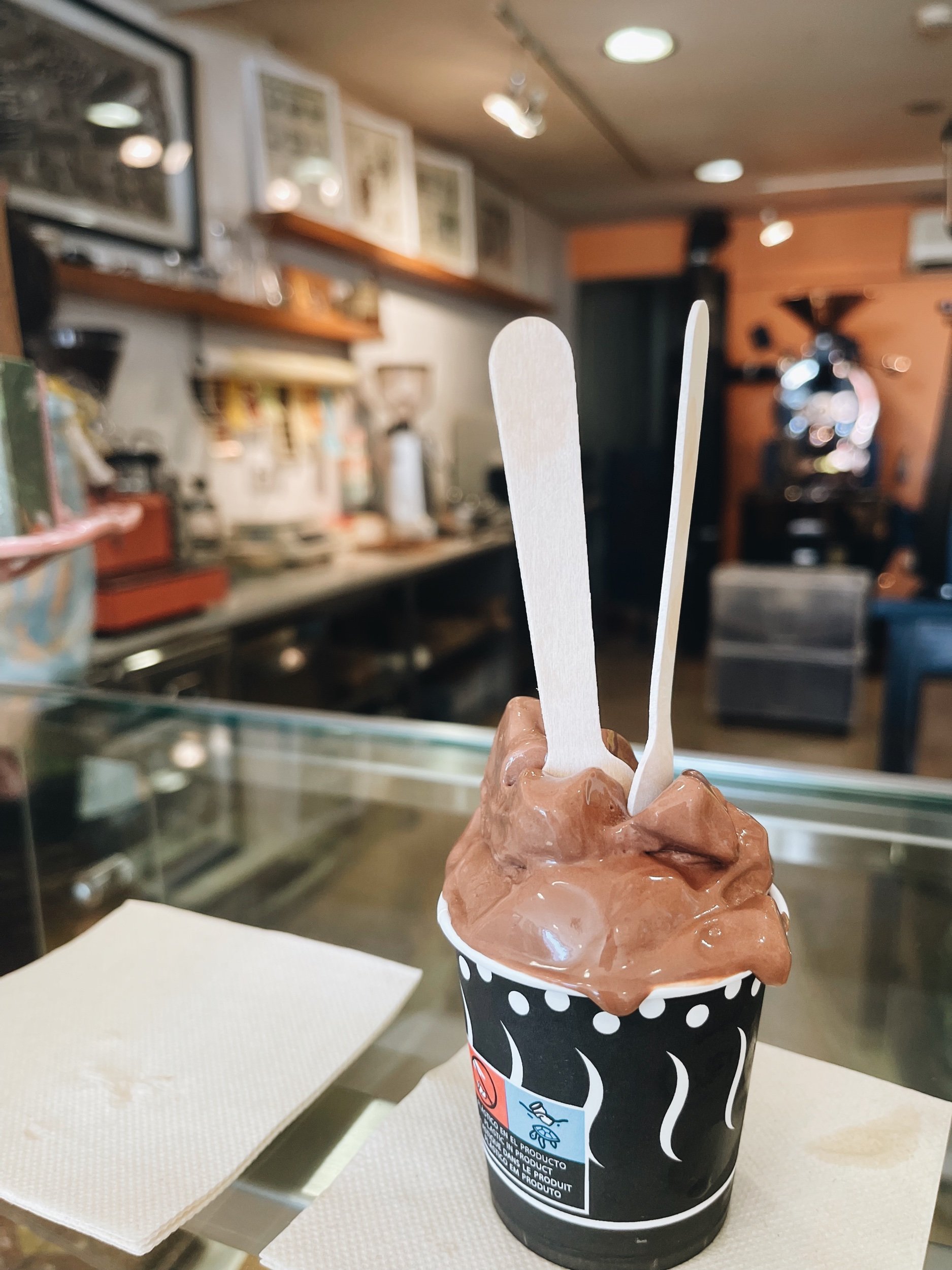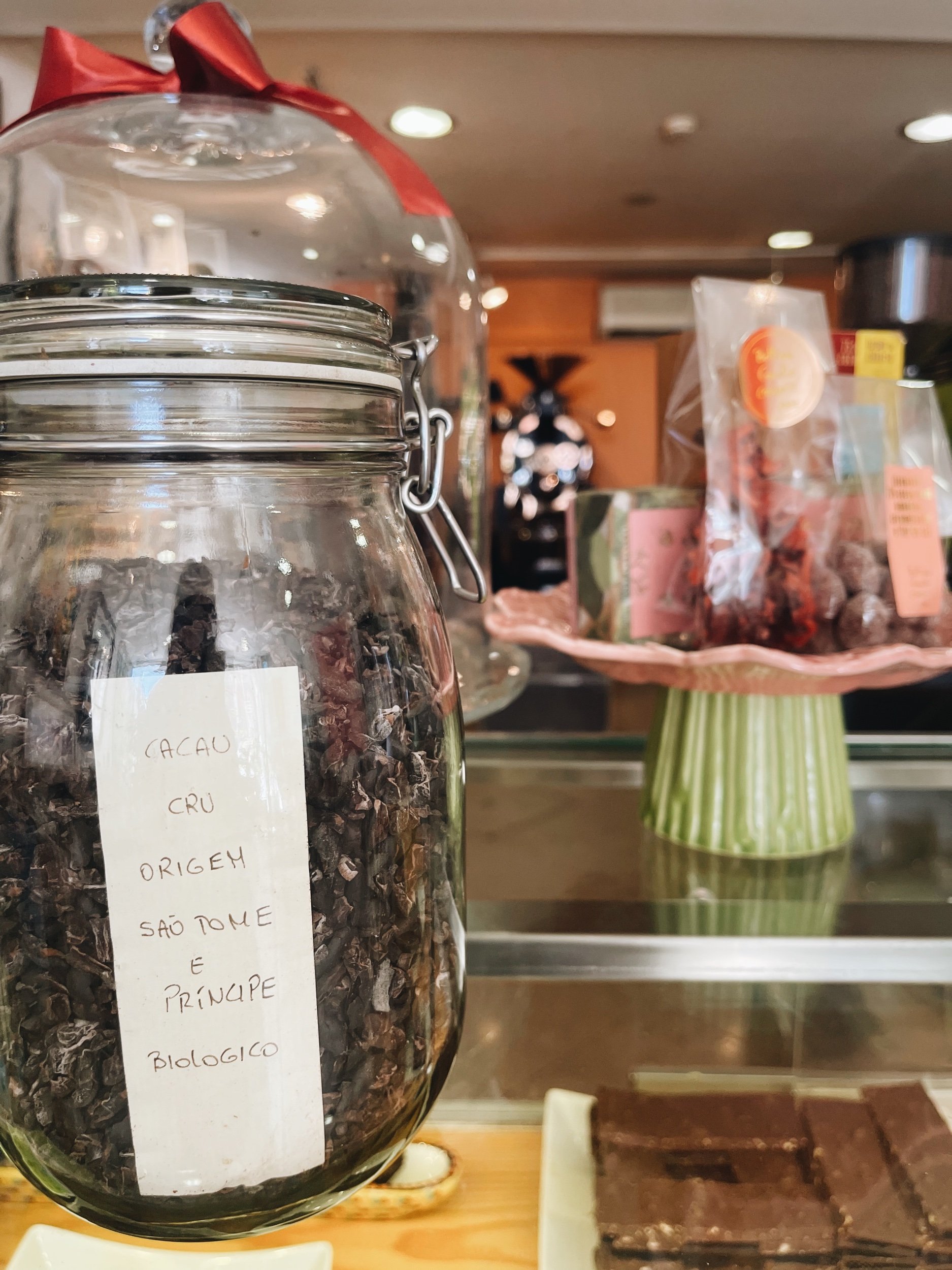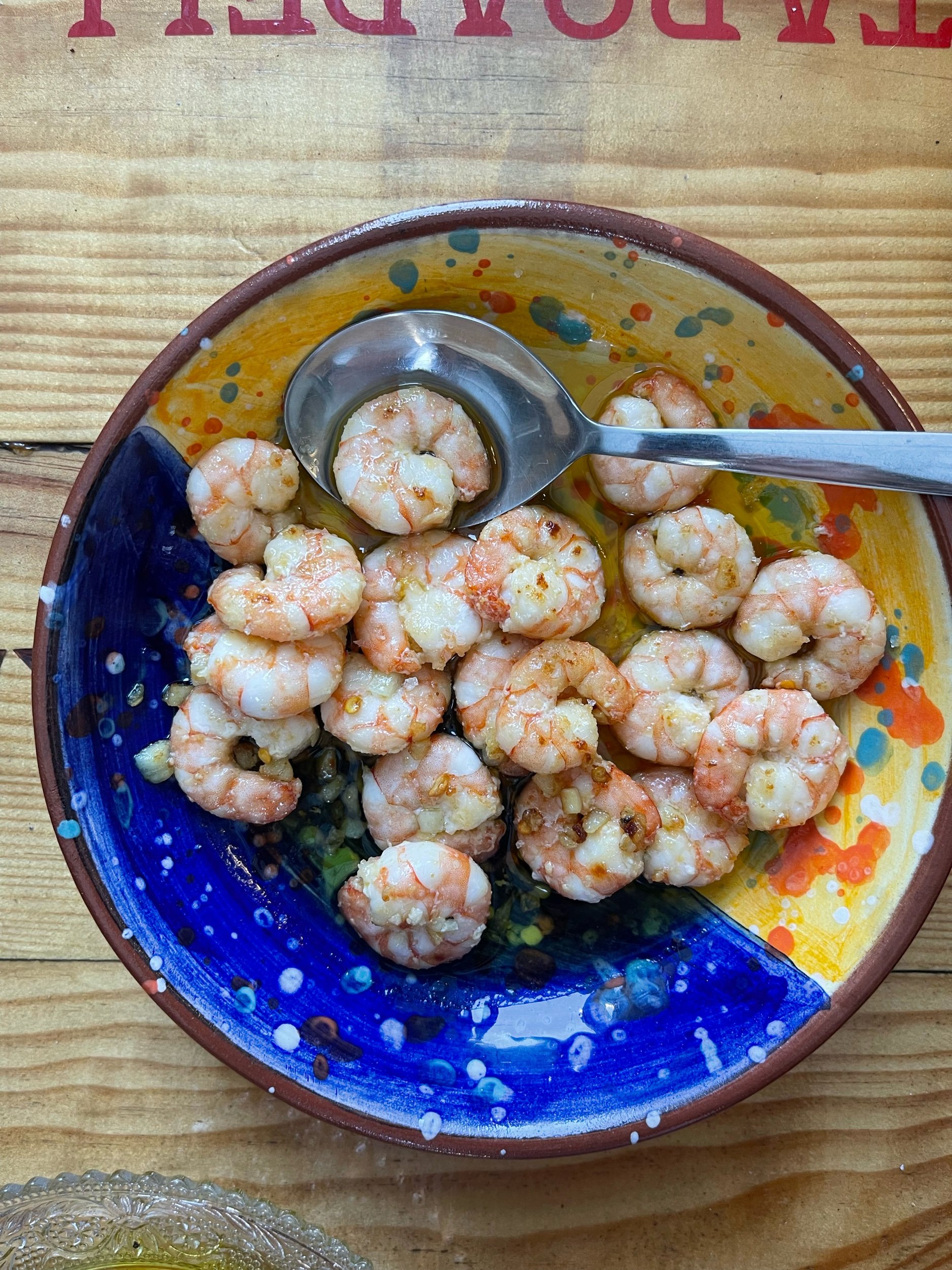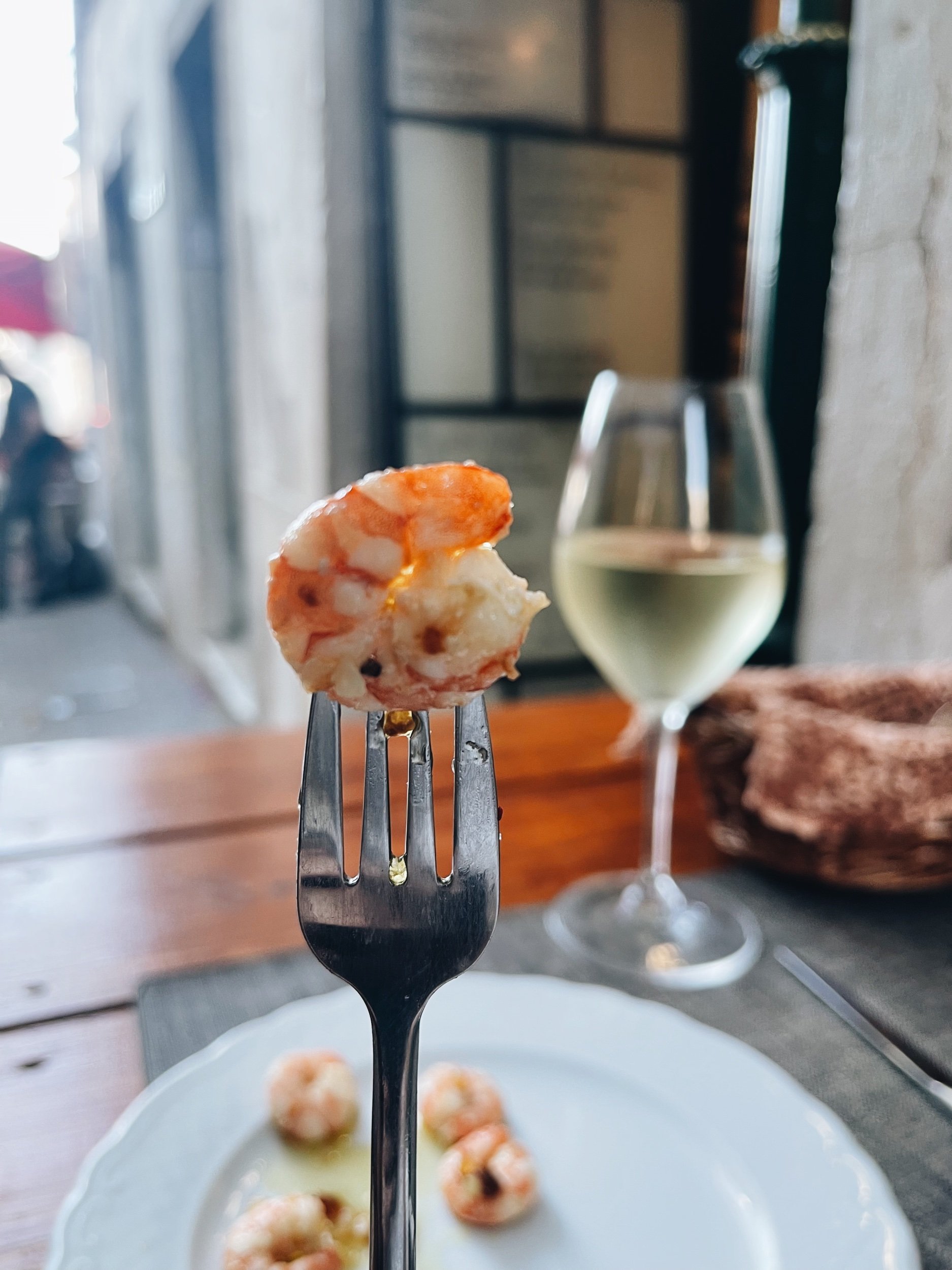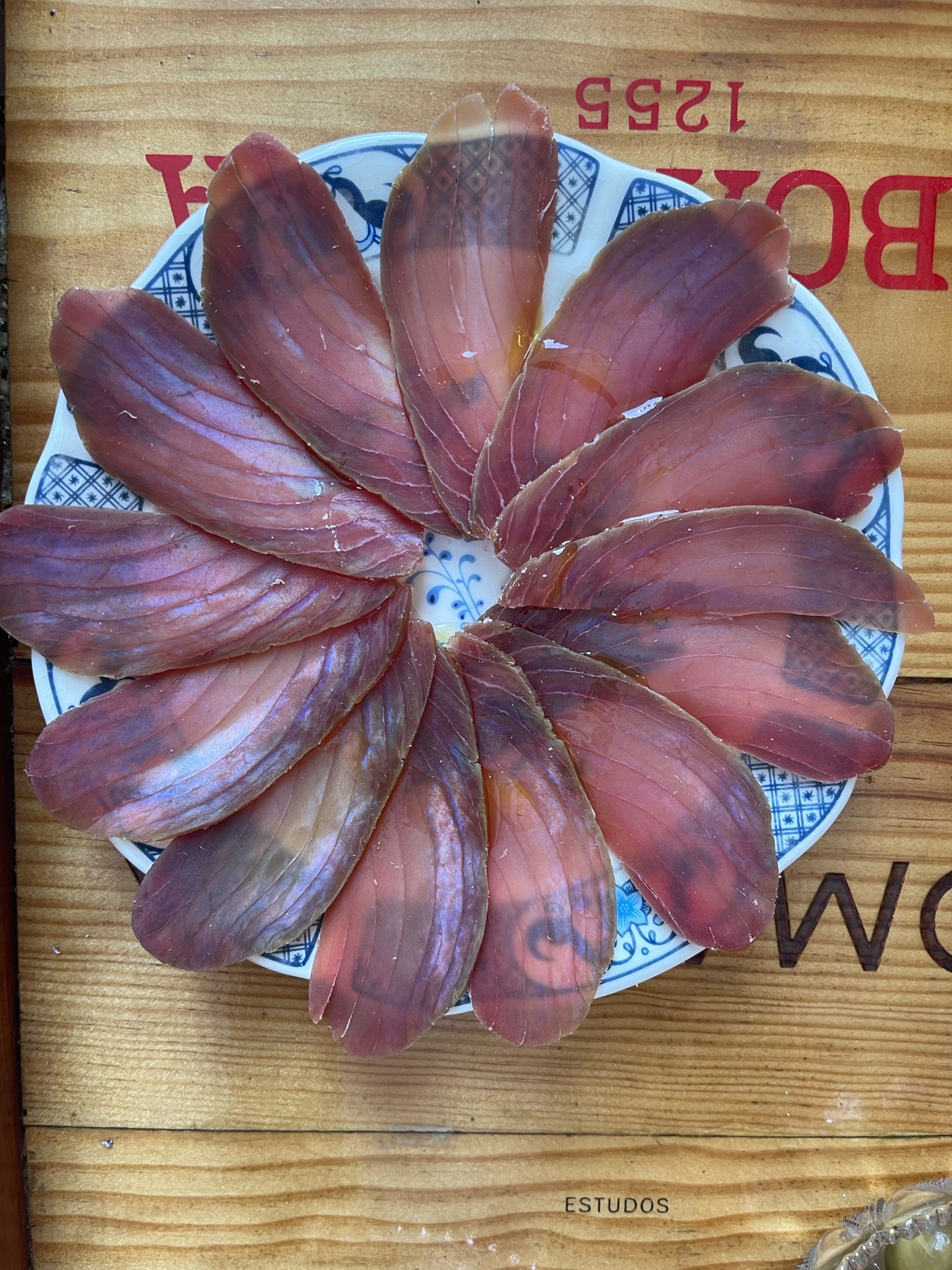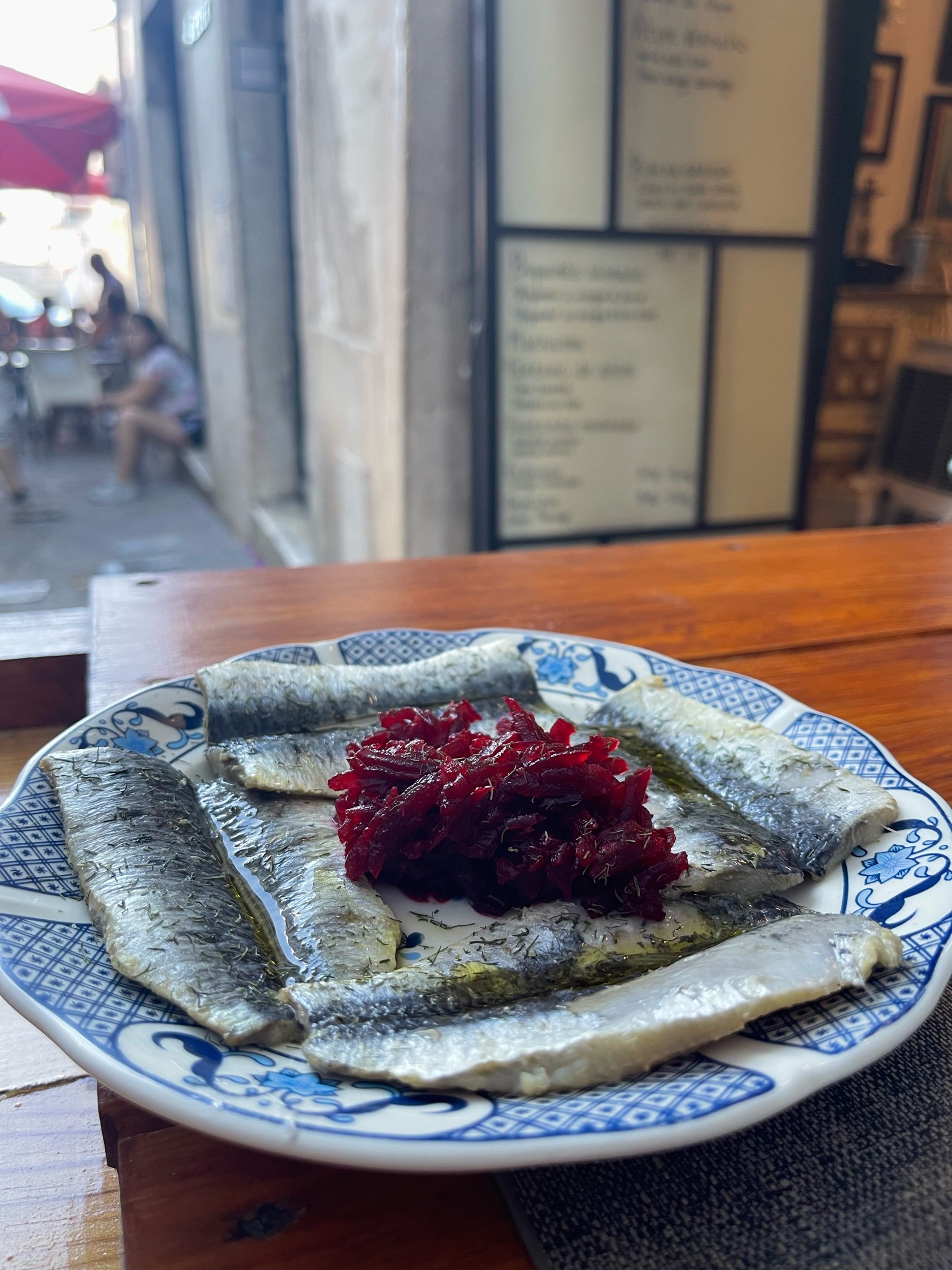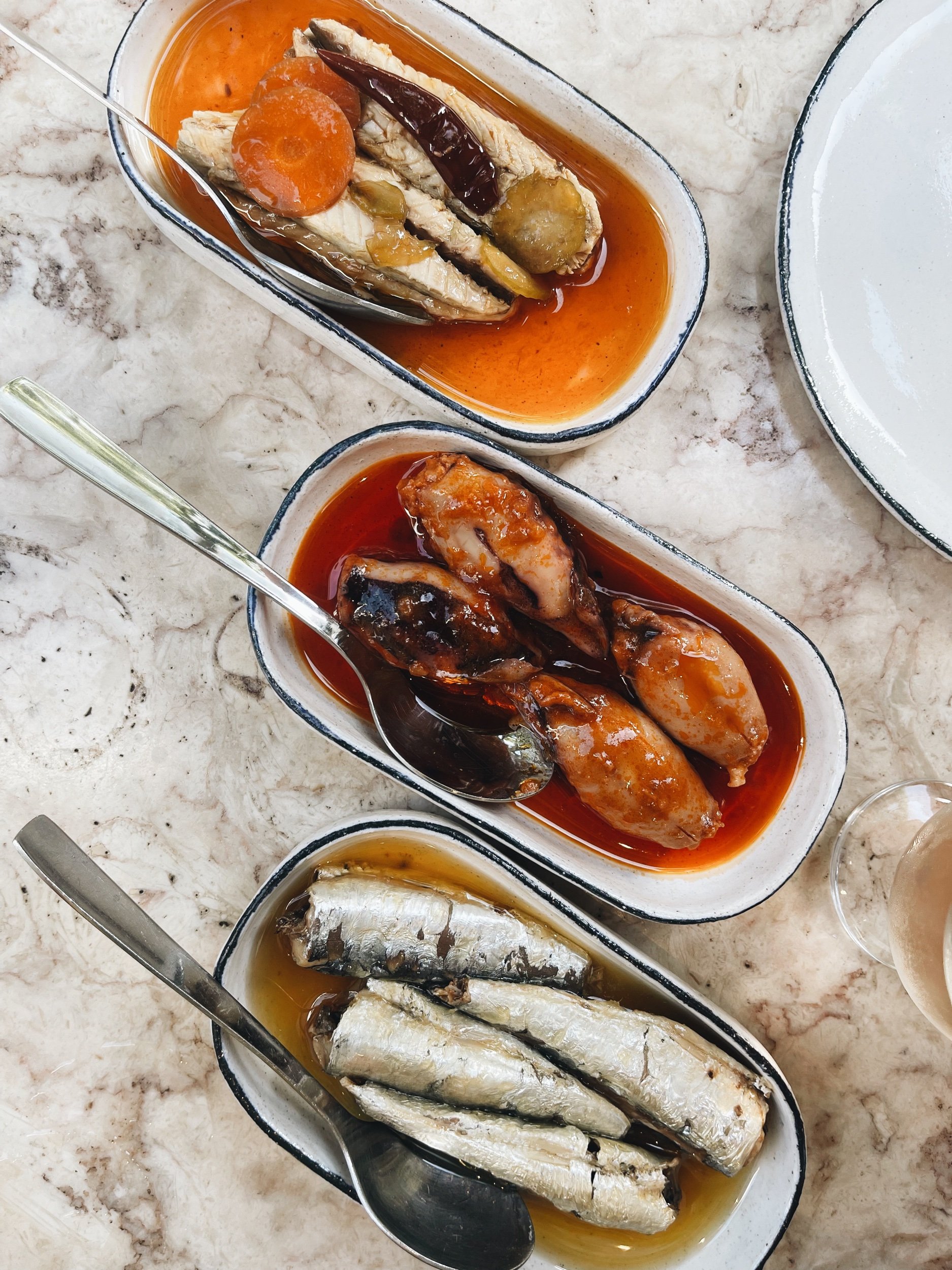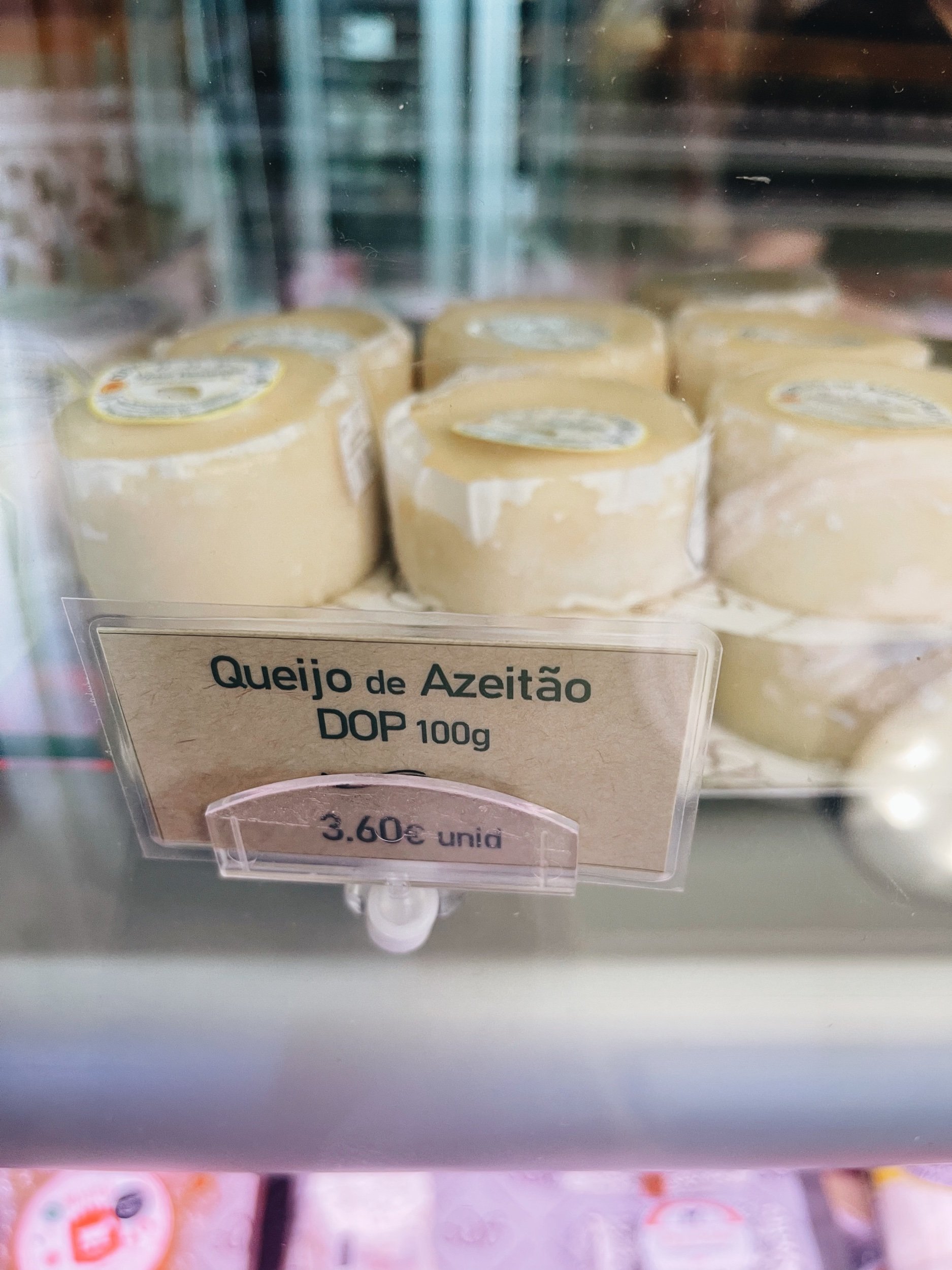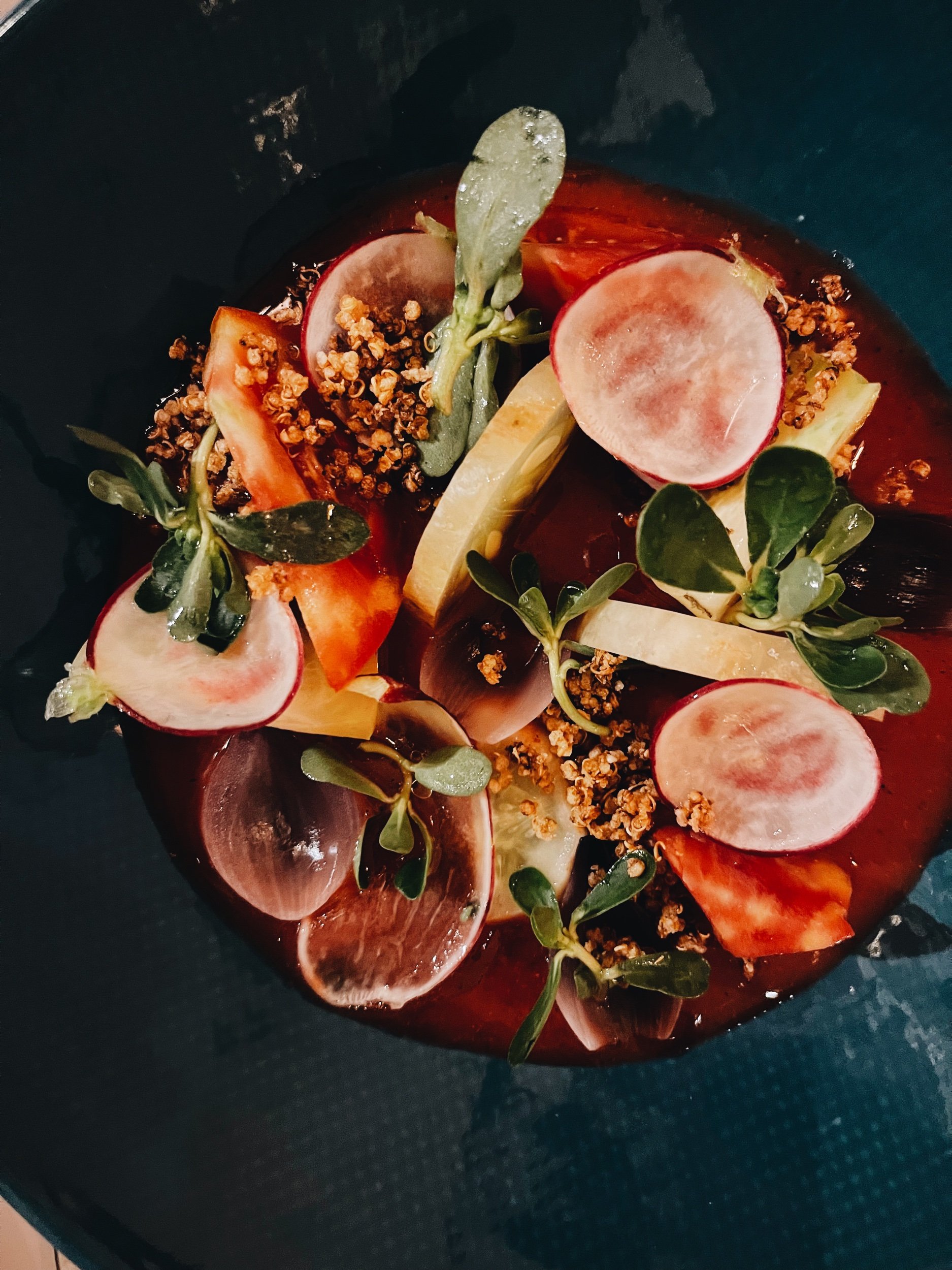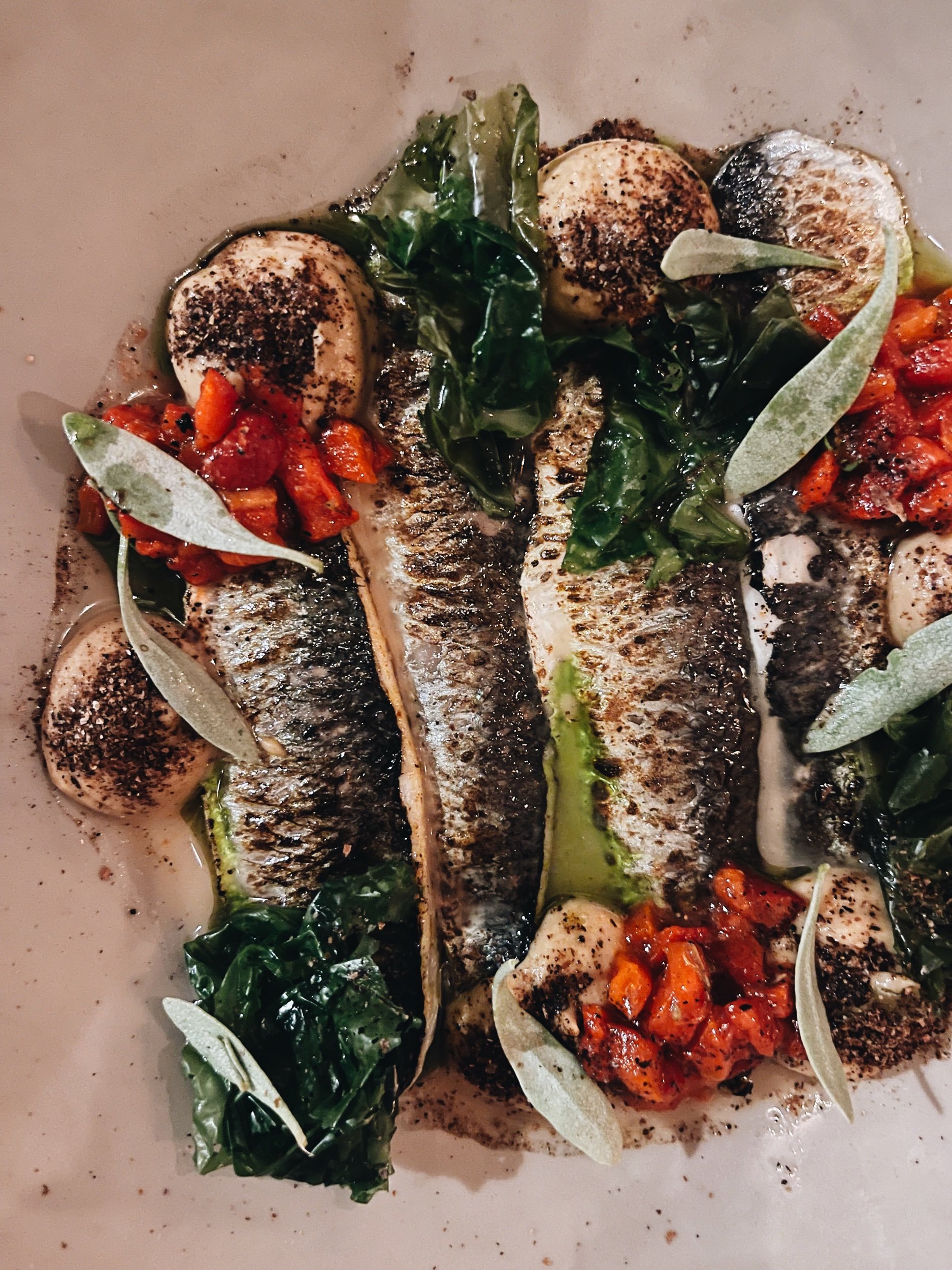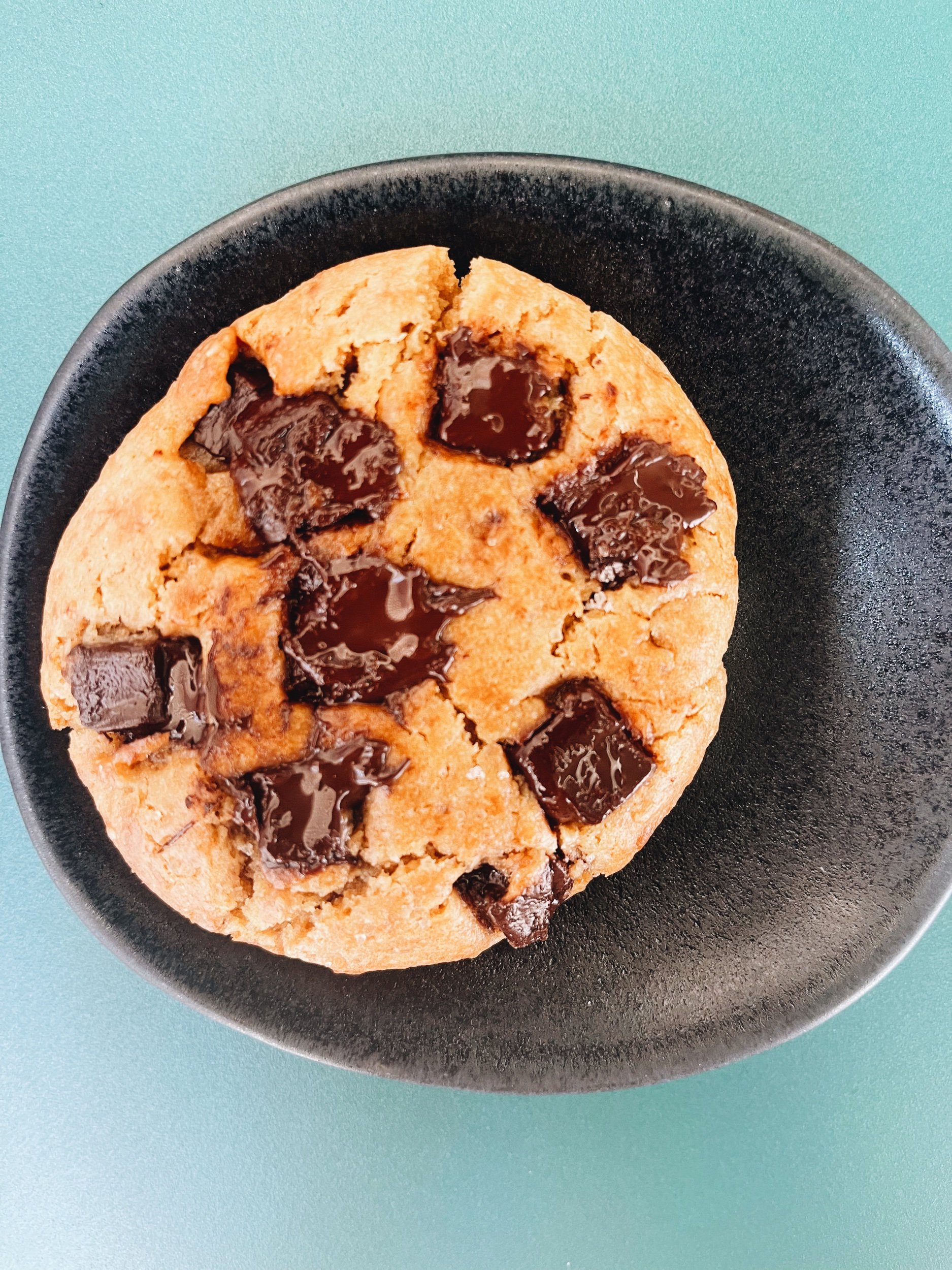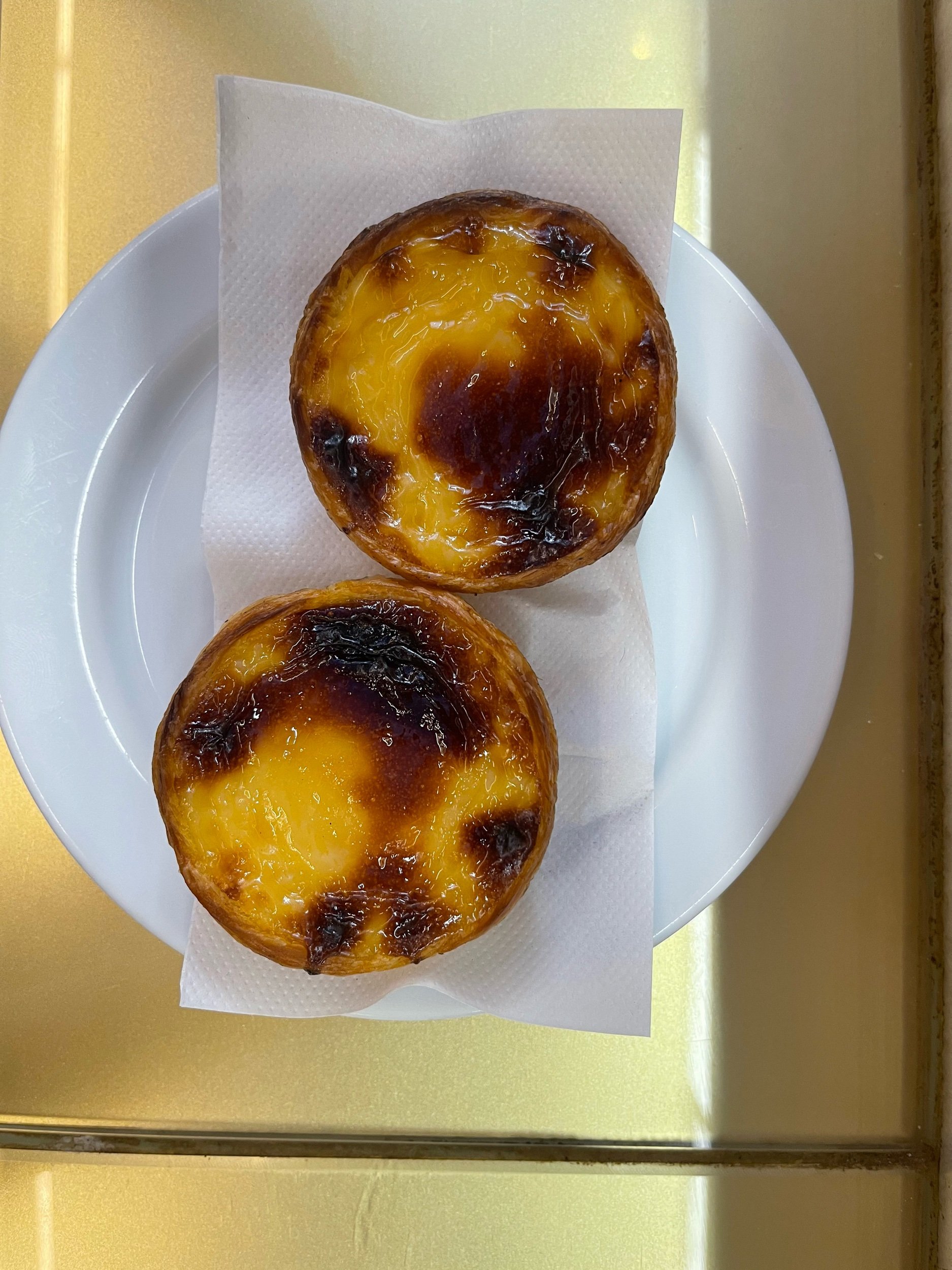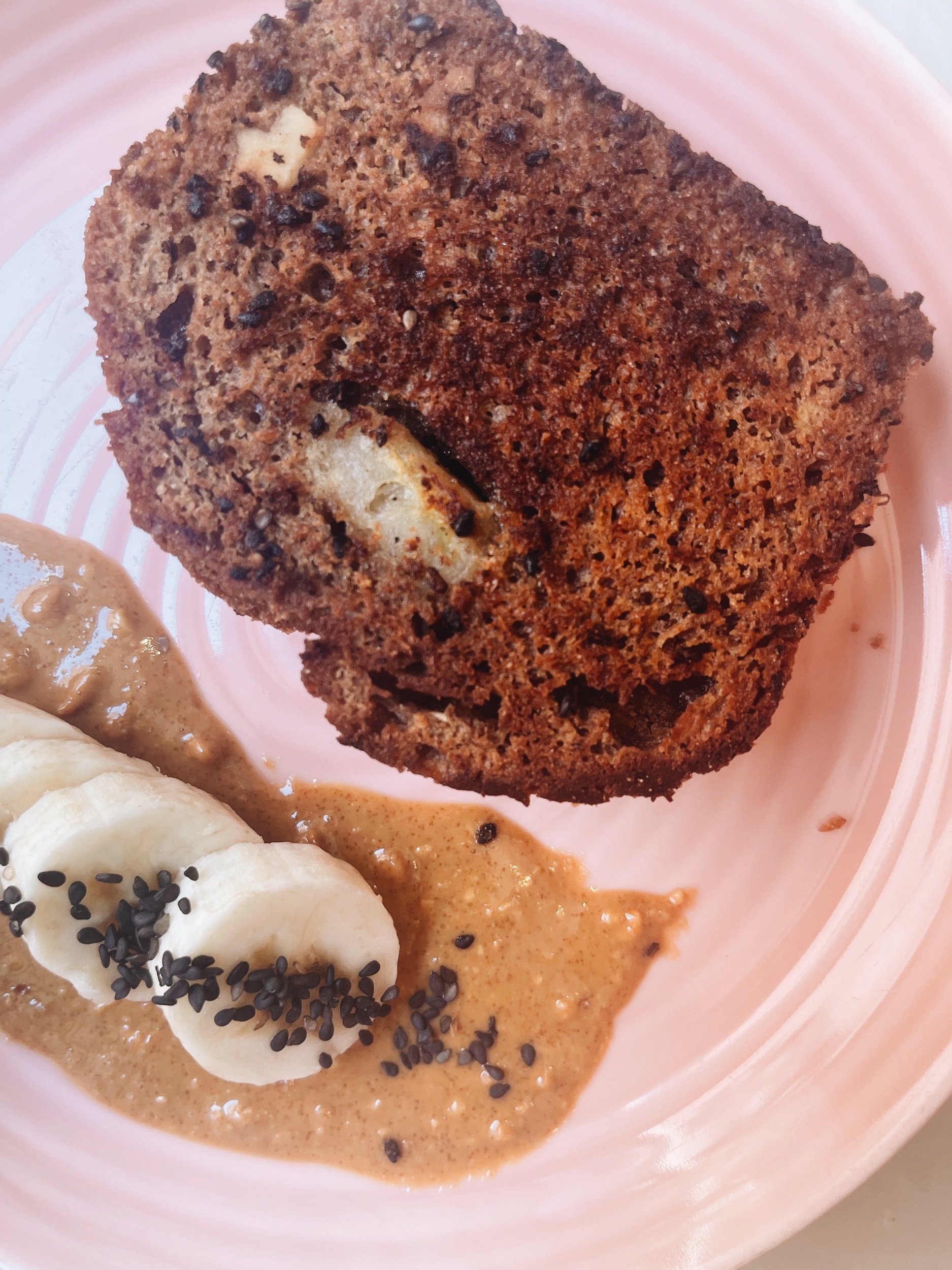Longing for Lisbon
A highly anticipated destination.
It’s 2018 and Michael and I are lounging on our long L couch post-football-Sunday, casually fantasizing about a trip to Europe. At that time, we had no plans to take extended time off to pursue the trip we are currently on. We hadn’t even been on an international trip together. But we both had a distinct desire to visit Lisbon in our future. Maybe Lisbon’s striking similarities to SF initially drew us in. Mentions of the red suspension bridges, old school trolleys, and unparalleled references of the cities’ seven hills aside, we both envisioned Lisbon as a buzzing city with musicians performing and residents drinking along the winding cobbled streets. People raved about the history and culture that is bursting from the city and the infamous canned sardines were the cherry on top of reasons we had to visit. So when we decided to take time off from work to travel, booking a trip to this city was a no brainer.
Arriving in Lisbon felt like an immediate rush. Pastel tiles decorated building facades that weaved around pathways packed with runners, cyclists, and tour groups cruising along the Tegus River. Within in the city’s walls, brunchers hit the streets mid day, filling up cafes and ordering Port Tonics. At night the cobblestone streets came alive with a blend of traditional Fado music and young travelers chugging beer on the sidewalk. It was always busy. But it was different from the sunset crowds in Santorini and the yachters in Hvar. The energy that coursed through Lisbon was unrivaled, culminating in the eclectic neighborhoods.
Known as Lisbon’s oldest neighborhood, Alfama was packed with long-standing traditions that were hidden between the squares and kiosk cafes. We spent a lot of time roaming through Alfalma and were lucky enough to discover the authentic energy of the neighborhood. White washed buildings stacked side by side, lining the narrow stoned paths. Clothing lines hung above connecting the buildings across from one another, and fresh linen gently swayed in the breeze. Small colorful doors were perched wide open. Sometimes residents would congregate next to these doors, engaging in boisterous conversation or simply enjoying cigarettes alone. Other doors were left unattended allowing anyone to peer into these historic homes. It gave me major intruder-alert vibes at first but we learned that this was completely intentional. The residents of Alfalma were a tight-knit community, celebrated for their openness and welcoming nature. In my opinion, these locals (and their customs) were the life of the neighborhood. Small grills and water fountains were found at every corner for communal purposes. Homes here were so small that many didn’t have a full-sized kitchen. Instead locals would meet at these public grills and barbecue, sharing meals together. They had created a community here that was unmatched to any other neighborhood I had been in before. And other travelers passing through felt it too. To pay tribute and memorialize the long-time residents and their traditions, London artist Camilla Watson created Alma de Alfama or “The Soul of Alfama,” a permanent street exhibit featuring resident photographs printed on stone walls of locals, who had made Alfama their home for generations. Beside each portrait, a description of the person and their life in Alfama was inscribed on a small plaque. We weren’t lucky enough to see any of these individuals firsthand but we’re told that if you putz through the neighborhood long enough, you can run into someone on a plaque and strike up a meaningful conversation of this mesmerizing neighborhood.
The charm of Alfama was a short (hilly) walk from the posh neighborhood of Principe Real. Boutique shops showcasing local designers framed the winding streets of this area, creating a completely different vibe that I was equally entranced with. There was a modern feel here that lacked the tourist buzz other neighborhoods like Baixa and Chiado emanated. We spent an afternoon roaming the streets, popping in and out of retail shops until we stumbled upon Bettina & Niccolo Corallo, a tiny cafe that could be mistaken for a plant nursery. I walked in with the intention of air conditioning relief but was greeted by the bitter smells of cacao and coffee. A family with a deep history and passion for beans opened up a small cafe serving chocolate delicacies and fresh ground coffee sourced from plantations in São Tomé and Principe. I saw chocolate sorbet on the menu and I was immediately captivated. The first bite taste like a silky coating of rich dark chocolate - think of a high quality dark chocolate bar but cold and refreshing. It was one of the more unique bites I’ve had with its intense coca flavor.
Just on the outskirts of Príncipe Real, we found ourselves at Miradouro de São Pedro de Alcântara, a viewpoint that claims one of the best lookouts over Lisbon. We spent multiple sunsets here, listening to musicians riff on Tash Sultana songs while gazing at the red rooftops of the city scape.
From our previous travels through Greece, we had grown accustom to the simplicity of flavors and food preparations. But the food in Lisbon packed a punch. Exploratory voyages around the world began in Lisbon centuries ago, and the spices obtained from original trade routes continue to influence the cuisine. Piri piri oil was always offered alongside dishes, and curing protein is second nature in most kitchens. Much of the traditional Portuguese cuisine and their flavors could be found in local tascas, family-run Portuguese eateries throughout Lisbon. O Vinhaca, a cozy establishment, served up tapas-style plates that left our mouths salivating. We tried a dish described as ‘tuna ham,’ fresh slices of cured tuna that hit the palate like a salty sensation of prosciutto. Their shrimp dish arrived in a glistening in a garlic oil that I couldn’t stop dipping my finger in. We ended with sardine filets which were surprisingly delicate and lighter compared to their traditional salty flavors. Instead, dried herbs powered the dish’s flavor profile accompanied by a dollop of sweet-pickled cabbage. It was an A++ experience.
The creative dining culture blends harmoniously with these traditional tascas, and Rosamar’s retro-chic ambiance and inventive seafood exemplified this immaculately. We stumbled upon this new restauarnt as we were walking through the busy streets, trying to find a place that didn’t require a reservation (Note: make reservations in advance if you’re going to Lisbon). As we came around a bend, an intricate bar caught our eye. After chatting with the host about dinner availability we decided to come back in the evening for a casual dinner. We didn’t expect the beautiful setting that we discovered upon walking in. Just beyond the bar that initially grabbed our attention, our host led us back to a large dining area, with modern wooden furniture and hand painted tiles on the wall featuring sardines, octopus, and other sea critters. Small touches like porthole shaped windows and vintage art evoked all the maritime feels. The restauarnt’s designer based the interior on the vision of a boat on a sandy beach creating sailing motifs in every corner. Sound like Ironside in San Diego? That was my first impression too. As we sat down, we both had an urgent craving for oysters so ordered the highly recommended baked oyster dish.
The grilled oysters came out decorated with dijon mustard seeds and dried seaweed. A light twig of dill delicately laid atop while the herby flavor slowly seeped downward. We took our first slurp and were blown away. The combination of dill and dijon had marinated the warm oyster, creating a unique flavor that I haven’t had on shellfish before. It was tangy and salty and undeniably good.
One order I don’t write about often is our beverages. That’s not because we aren’t drinking. We usually order wine or beer with our meals and my skill for divulging these flavor notes are limited. But when we were at Rosamar, we scanned the cocktail list and saw the ‘Fishy Splash.’ The usual suspects of tequila, lime, cilantro, and mint appealed my tastebuds but when we saw fish sauce at the end of the description, we knew one of us had to order it. One sip had me back in my parents kitchen drinking my mom’s infamous margarita. It had the sourness from the lime, and sweetness from the mint that created this nostalgic moment, but with a slight fishy flavor. I might have to sneak some in my mom’s batch the next time I’m home.
I can’t pass on the chance to descriptively pine over our love for sardines in Lisbon, but I’ll save that for its own post. Just know that we overindulged. For now, I’ll leave you with the rest of our favorite bites that rounded out a perfect trip to Lisbon.

